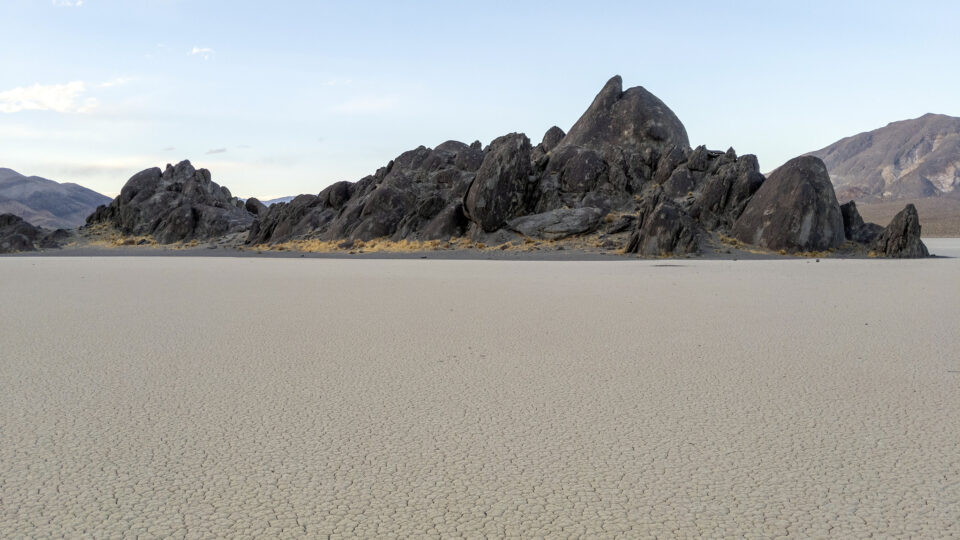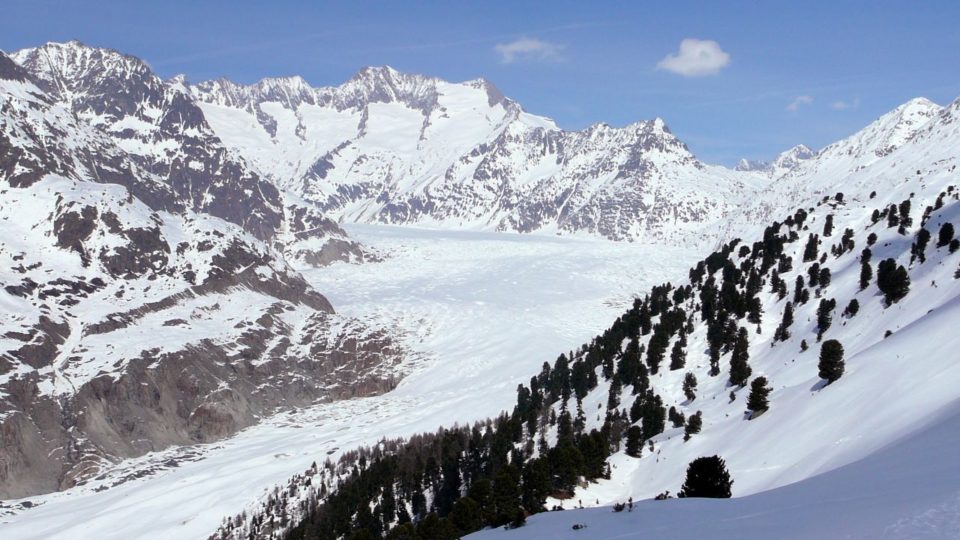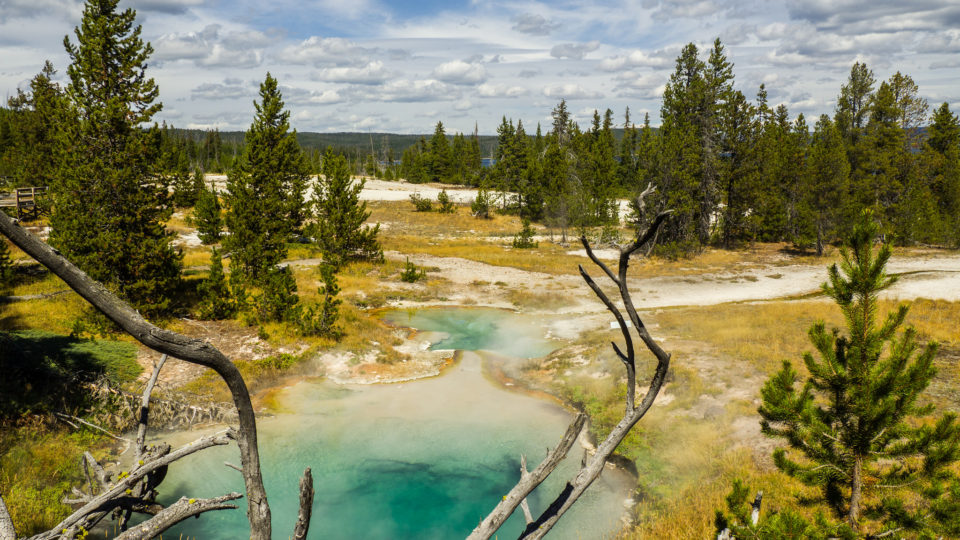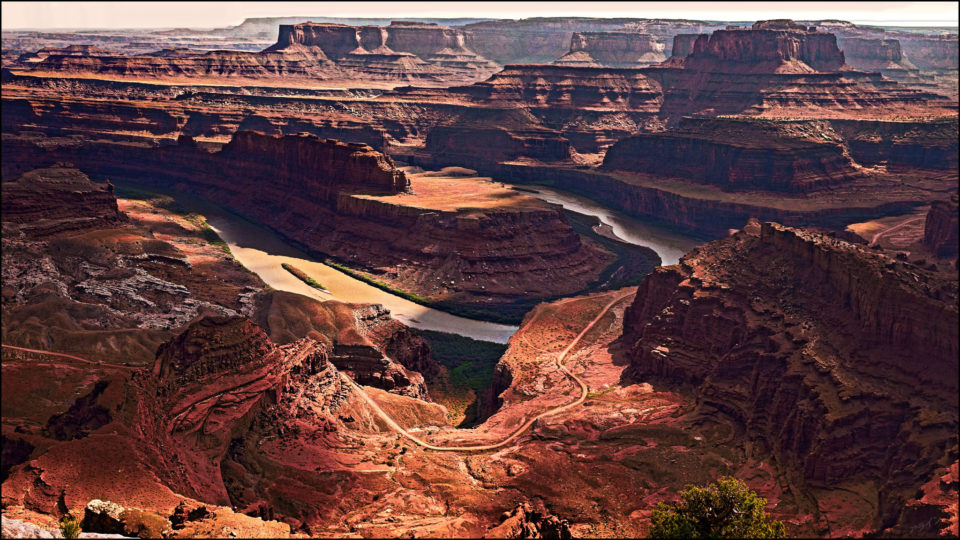Furnace Creek in Death Valley is the driest place in North America. Its average annual rainfall is under two inches. On August 5th, a thousand-year rainfall event dropped 1.46 inches of rain – about three-quarters of a year’s precipitation. The all-time record for a single day is 1.47 inches, set in April 1988. The storm did break the record for the most rain ever recorded in August, which averages just over a tenth of an inch of rain for the entire month.
The flash flood washed debris over roads, swept away and buried cars, knocked a water facility offline, damaged buildings, and stranded about a thousand visitors and staff in Death Valley National Park. By the next day, the flood water had mostly receded, and stranded visitors could be escorted out of the park by National Park personnel.
Death Valley sits at 282 feet below sea level. If it were not for the extremely arid climate there, Death Valley would likely be filled with water. However, humid air masses traveling east from the Pacific Ocean have to cross four mountain ranges before they reach the desert valley. Those air masses lose their moisture in the form of rain on the western slopes of the mountain, leaving a dry area, or rain shadow, on the eastern sides. By the time the air masses reach Death Valley, they are bone dry. On rare occasions, the lowest spot in the valley fills with water forming a wide, shallow lake, known as Lake Badwater.
The extreme heat and aridity of Death Valley evaporates the temporary lake quickly, returning the valley to its usual state. Furnace Creek still holds the record for the highest air temperature ever recorded: 134 degrees Fahrenheit.
**********
Web Links
Photo, posted April 7, 2021, courtesy of Matthew Dillon via Flickr.
Earth Wise is a production of WAMC Northeast Public Radio.





